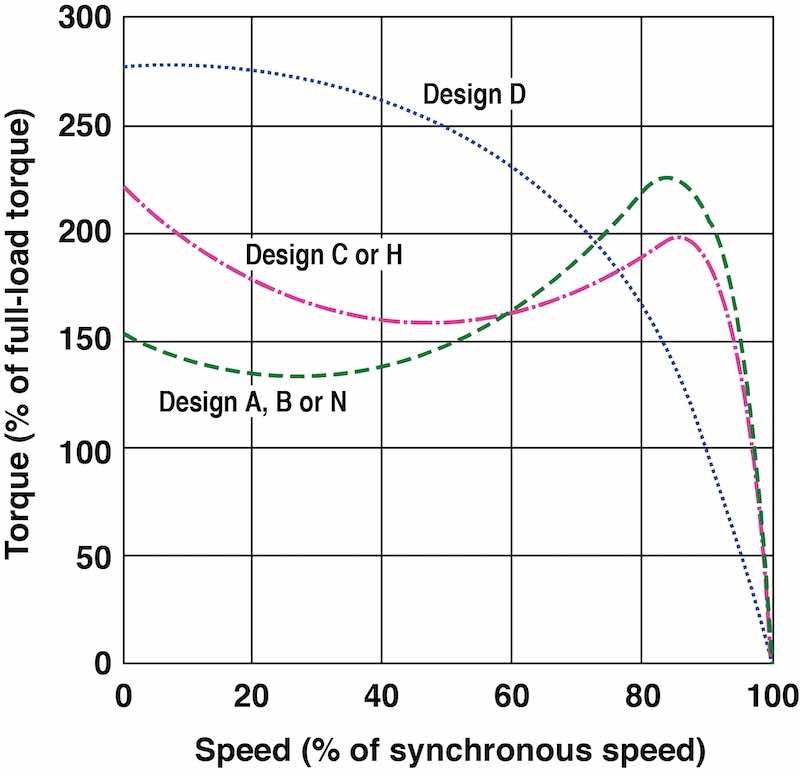Daer experts ,
I am involve on a project to replace a 28 DC motors 15 kW with AC motors and I am interested for yours experiences related to the maximum starting torque of an AC motor in open and closed loop configuration .
As it is about drives that in winter conditions sometimes have big problems with starting and measurements that indicate that DC motors can not start mixer drive with two maximum motor torques .
We have two different offers that guarantee that the same AC motor can overcome it one with and another without speed feedback so it gives us a headache .
Thanks in advance .
I am involve on a project to replace a 28 DC motors 15 kW with AC motors and I am interested for yours experiences related to the maximum starting torque of an AC motor in open and closed loop configuration .
As it is about drives that in winter conditions sometimes have big problems with starting and measurements that indicate that DC motors can not start mixer drive with two maximum motor torques .
We have two different offers that guarantee that the same AC motor can overcome it one with and another without speed feedback so it gives us a headache .
Thanks in advance .


![[ponder] [ponder] [ponder]](/data/assets/smilies/ponder.gif)